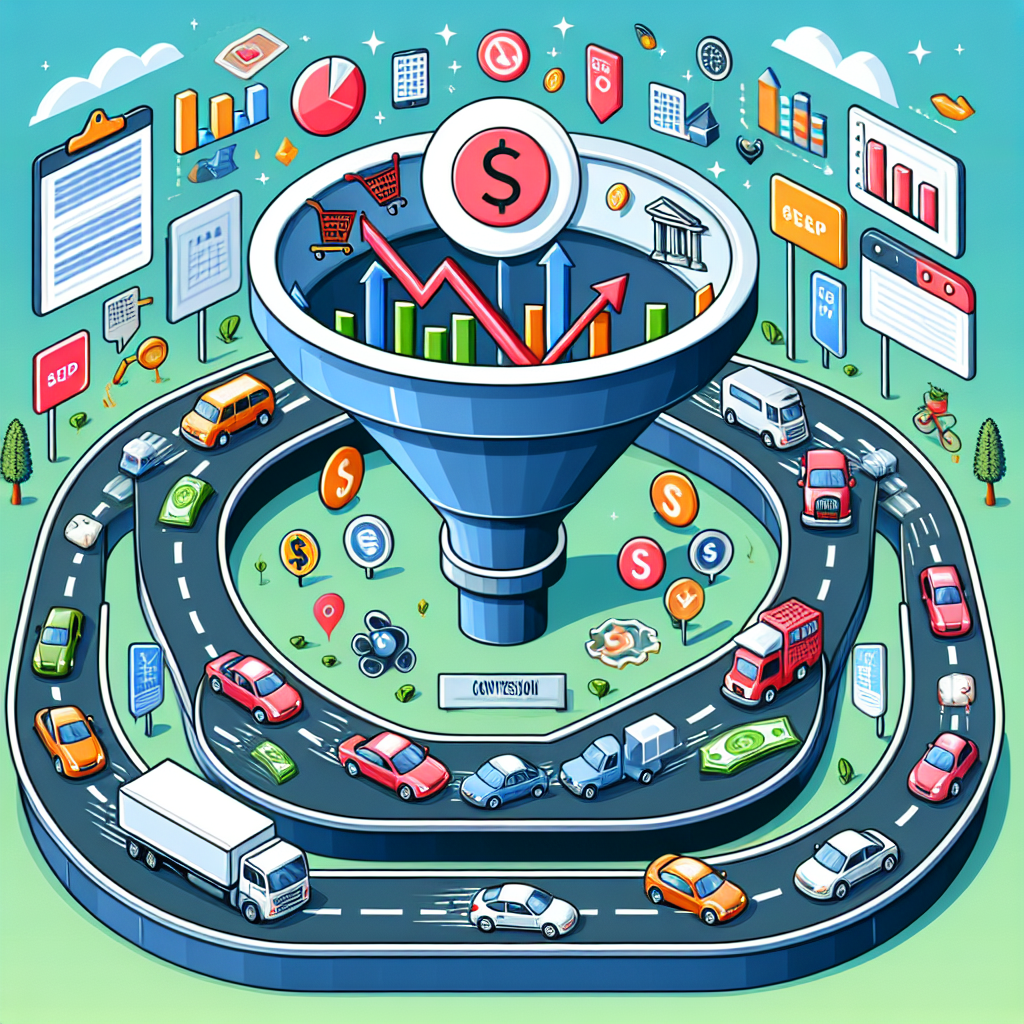In the digital marketing universe, driving traffic to your website is crucial. However, generating a high volume of visitors is merely the initial stage of an effective online presence. The critical pivot point lies in transforming these visits into tangible conversions. Conversions signify the successful fruition of your digital marketing efforts, whether they’re expressed as sales, sign-ups, downloads, or another goal defined by your business strategy. Let’s delve into the next step after boosting website visits: converting traffic into loyal customers.
Understanding Conversions
A conversion occurs whenever a visitor completes a desired action on your website. This could range from making a purchase, filling out a contact form, subscribing to a newsletter, or even engaging with specific content. The conversion rate is a key metric, calculated as the percentage of visitors who complete this desired action. Higher conversion rates are indicative of effective website optimization and visitor engagement strategies.
Key Strategies for Turning Traffic into Conversions
1. Optimizing User Experience (UX)
User experience is the bedrock of conversion optimization. A seamless, intuitive, and engaging website significantly enhances the likelihood of conversions. Here are critical UX elements to consider:
- Navigation: Ensure your website is easy to navigate with a clear, logical structure and prominent menus.
- Load Speed: Fast loading times are imperative. Slow websites deter visitors, leading to potential losses in conversions.
- Mobile-Friendliness: A significant portion of web traffic originates from mobile devices. Ensure your site is fully responsive and provides a smooth experience on all devices.
- Clear Call-to-Actions (CTAs): Effective CTAs guide visitors towards conversion points. Place them strategically, make them persuasive, and ensure they stand out visually.
2. Compelling Content
High-quality content is a powerful driver of conversions. It builds trust, showcases your expertise, and engages your audience. Consider the following:
- Relevant Information: Provide content that answers your visitors’ needs and queries. In-depth articles, how-tos, and relevant product information can help clarify their decision-making process.
- User-Generated Content: Reviews, testimonials, and user stories build social proof, which can significantly influence potential customers’ decisions.
- Content Upgrades: Offer additional, exclusive content in exchange for email sign-ups or other conversion actions. E-books, whitepapers, and detailed guides can be effective.
3. A/B Testing
A/B testing, or split testing, involves comparing two versions of a webpage or element to determine which performs better. By systematically testing variables such as headlines, images, CTAs, and layouts, you can identify the most effective configurations for maximizing conversions.
4. Conversion Rate Optimization (CRO) Tools
Leverage CRO tools to gain insights and refine your approach. Tools like Google Optimize, Optimizely, and Hotjar offer powerful features for tracking user behavior, running A/B tests, and analyzing data, thereby guiding informed decisions to enhance conversion rates.
5. Personalization
Personalized experiences can significantly boost conversions by making visitors feel valued and understood. Use data to tailor the content, recommendations, and offers based on visitor behavior and preferences. This highly targeted approach can increase engagement and encourage conversions.
6. Retargeting Strategies
Visitors who leave your site without converting are not necessarily lost opportunities. Retargeting campaigns using tools like Google Ads and Facebook Pixel can remind these visitors of your offerings, enticing them back to your site to complete the desired action.
7. Effective Use of Analytics
Utilize analytics to track visitor behavior, identify drop-off points, and understand conversion paths. Tools like Google Analytics offer invaluable insights into user interactions, enabling you to optimize critical aspects of your website.
8. Trust-Building Elements
Building trust is crucial for conversions. Incorporate trust signals such as:
- Security Badges: Display badges from trusted security providers to reassure visitors about the safety of their data.
- Clear Privacy Policies: Be transparent about data usage and privacy protection.
- Visible Contact Information: Clearly display contact details to demonstrate accessibility and reliability.
Conclusion
Driving traffic to your website is an essential first step in digital marketing, but turning that traffic into conversions is where the real value lies. By focusing on user experience, leveraging compelling content, conducting thorough A/B testing, utilizing CRO tools, personalizing experiences, implementing retargeting strategies, employing effective analytics, and building trust, you can significantly enhance your conversion rates.
In the evolving digital landscape, continuously refining these strategies and staying attuned to the latest trends and technologies is vital. By doing so, you ensure not only a steady influx of site visitors but also a growing base of loyal, converting customers.
